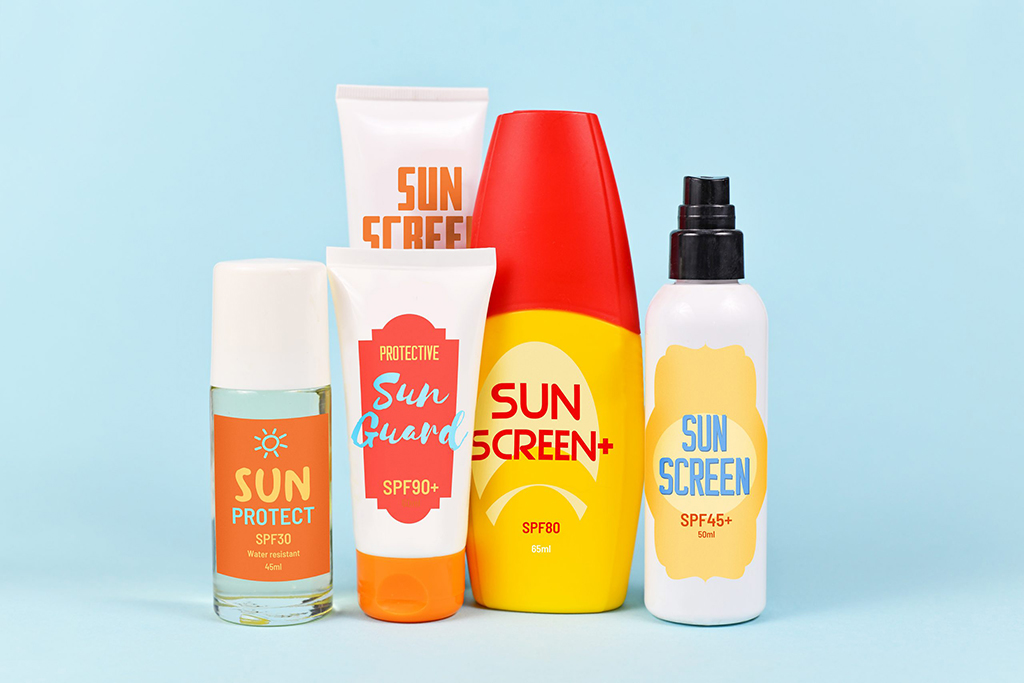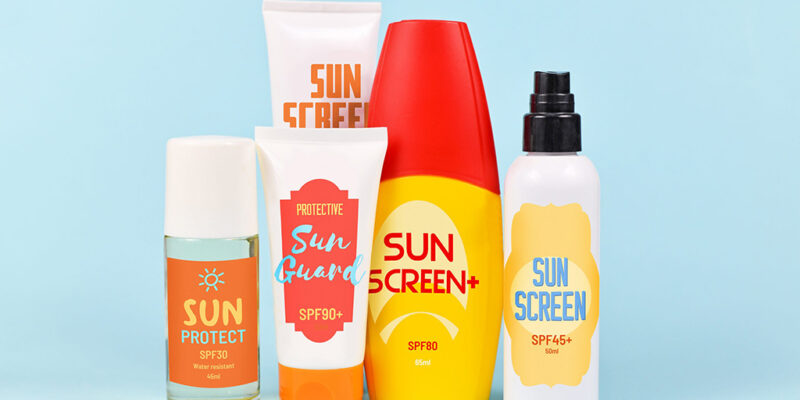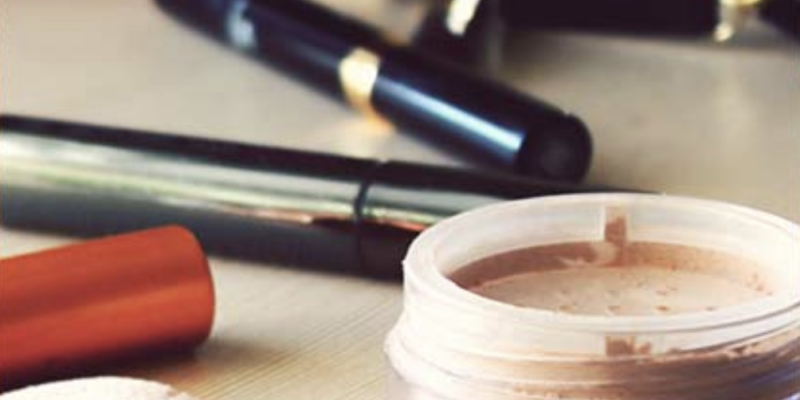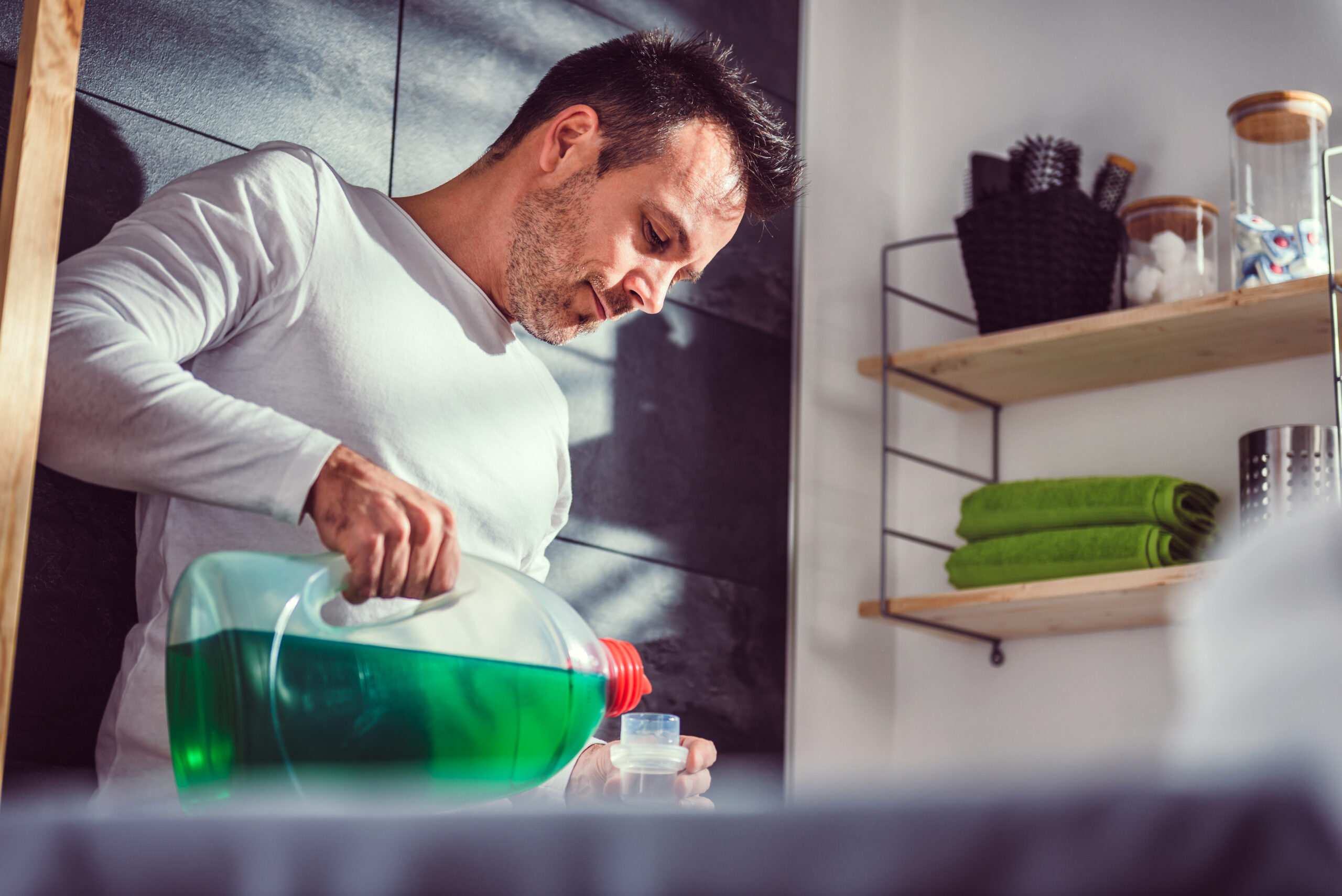Key Points/Overview
Sunscreens are products that help absorb or deflect the sun’s ultraviolet (UV) radiation, helping to protect people from sunburns and lower their risk of skin cancer. Mineral sunscreens, also called sunblock or physical sunscreen, contain ingredients like titanium dioxide or zinc oxide and protect skin by deflecting the sun’s harmful UV rays. Chemical sunscreens contain carbon-containing molecules that absorb sunlight, such as oxybenzone, octinoxate, octisalate and avobenzone.
Uses & Benefits
When used as directed, sunscreen can help protect against sunburn, reducing the risk of skin cancer and helping to prevent the early signs of skin aging. Sunscreens work by providing “broad spectrum” protection from two types of damaging ultraviolet (UV) rays from the sun: UVA and UVB rays.
The U.S. Food and Drug Administration (FDA) recommends sunscreens with broad-spectrum UV protection and SPF 15 or higher to help protect against skin aging and skin cancer.

Safety Information
FDA regulates the safety and effectiveness of both chemical and mineral sunscreens and their active ingredients, including titanium dioxide and zinc oxide. Both of these chemicals are included on FDA’s list of acceptable active ingredients in sunscreen. Some chemical sunscreens ingredients may be irritating to some people’s skin. For example, avobenzone is nontoxic and typically non-irritating to the skin but its use in conjunction with photostabilizers in sunscreen may increase the risk for skin irritation for some people.
The American Academy of Dermatology (AAD) states unambiguously that “sunscreen is safe to use” and that “no published studies show that sunscreen is toxic to humans or hazardous to human health.” For children younger than 6 months of age, AAD states that parents and caregivers should avoid using sunscreen, and instead protect young children’s skin from the sun by keeping them in the shade and dressing them in long-sleeved shirts, pants and wide-brimmed hats. For children 6 months and older, AAD advises parents and caregivers use a sunscreen that contains titanium dioxide or zinc oxide, which protects the sensitive skin of babies and toddlers.




